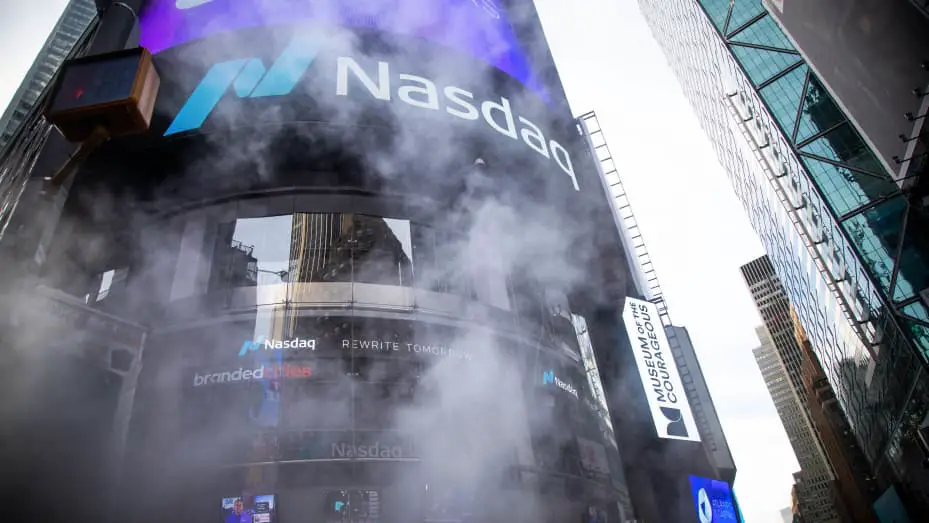Public financial markets are the engine that powers innovation across free, open economies, enabling promising startups and small-scale enterprises to raise capital for aggressive growth and expansion in an orderly, transparent, and well-structured manner.
However, sometimes a company’s public market debut via an Initial Public Offering (IPO) does not go according to its envisaged plans despite the collective efforts of the management and the deal underwriters - financial intermediaries who manage the nitty-gritty of the public offering - in arranging investor roadshows and lining up anchor investments.
An IPO is an intricate financial process that allows any eligible enterprise to sell its shares - essentially, units of ownership - to a host of institutional and retail investors, who acquire these shares at a pre-determined offer price, which is ideally where a stock should commence trading on the stock exchange.
So, what exactly differentiates a successful IPO from a dud? Well, a patently obvious flop IPO is one where a company is not able to reach its desired valuation, which usually occurs when participating investors feel that the offer price is too high. A more subtle form of a failed IPO is only evident in hindsight: the company’s stock may perform quite well during the initial euphoria phase but falls below the offer price soon after.
Here are some of the most egregious examples of a failed IPO:
1. Vonage
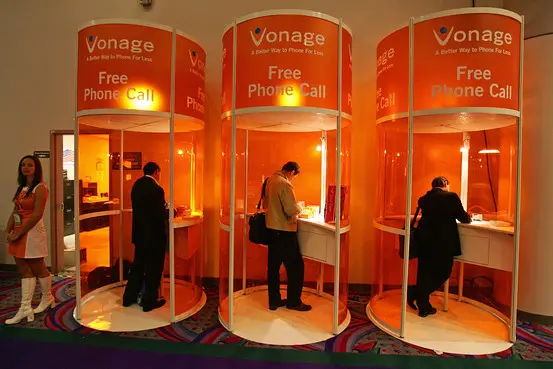
The internet-based phone services company Vonage went public in May 2006 at an offer price of $17 per share, allowing the company to raise $531 million in proceeds. However, by the end of its first trading day, Vonage’s shares had slumped by 12.6 percent to close at $14.85. The stock eventually bottomed out at around $0.50 in 2009 during the depths of the Great Financial Crisis (GFC).
Vonage had set aside 13.5 percent of its IPO shares for existing customers. When its IPO flopped, the company’s aggrieved customers launched a class-action lawsuit, claiming that the offering acted as an exit conduit for Vonage’s executives who were aware of limited institutional demand for the IPO, given Vonage’s persistent cash bleed problem.
2. Uber

Uber went public in May 2019 by offering 180 million shares at $45 each, even though it had initially set an IPO price range of between $48 and $55 per share, corresponding to a target valuation of around $120 billion. Lyft’s less-than-stellar IPO a few weeks prior prompted Uber to lower its lofty expectations, with the company eventually settling for a $75 billion valuation.
Uber shares commenced trading at $42 per share. Within a month, the stock was down 30 percent. Even though Uber managed to raise $8.1 billion in its public market debut, constituting the most significant share flotation event of the year, it is still regarded as a failed IPO, courtesy of the stock’s lackluster performance.
3. SmileDirectClub
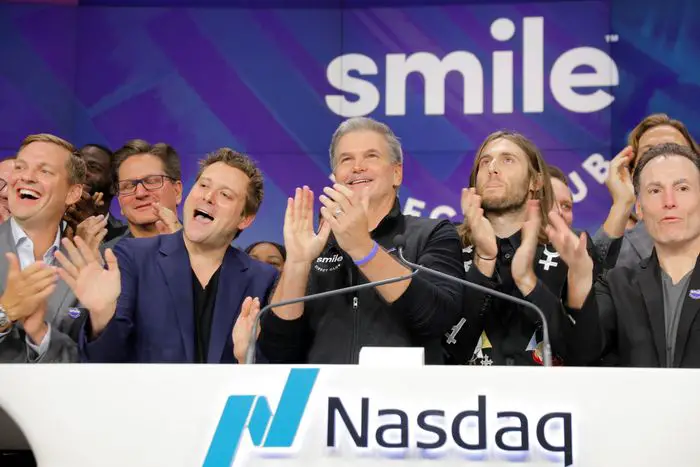
The teledentistry company SmileDirectClub went public in September 2019, pricing its IPO at $23 per share and managing to raise $1.3 billion at a valuation of around $8.9 billion. Nonetheless, SmileDirectClub’s IPO stumbled when its shares commenced trading at $20.55. The company ended its first trading day at a loss of around 11 percent.
The teledentistry company’s public journey has proven to be quite fleeting. In December 2023, SmileDirectClub shut down after formally filing for Chapter 11 bankruptcy.
4. Casper Sleep Inc.
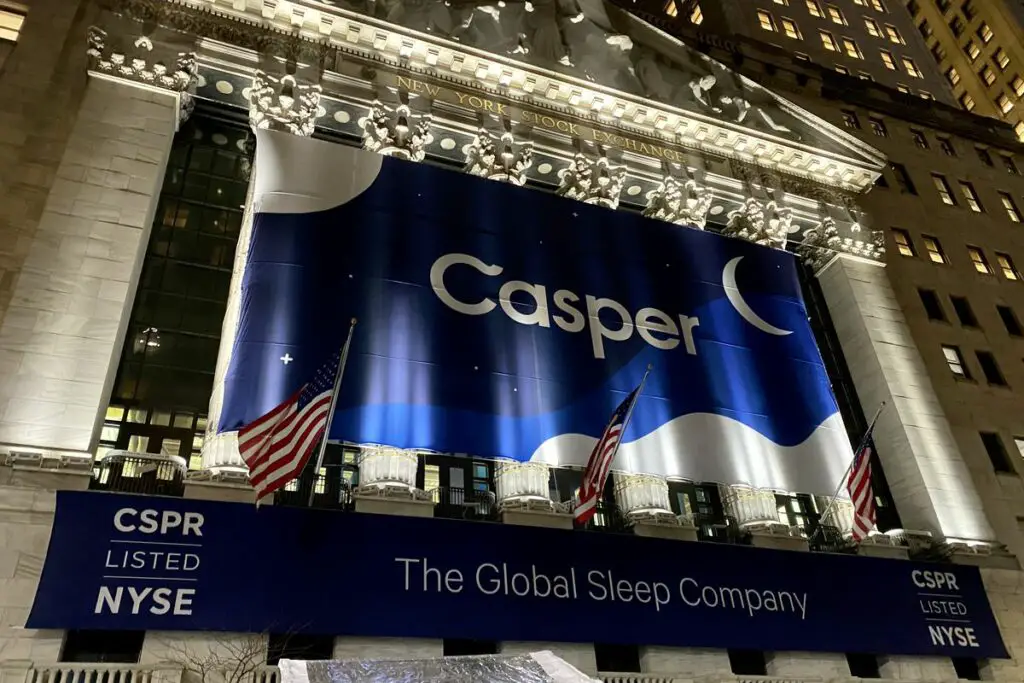
The sleep products-focused e-commerce company Casper Sleep went public in February 2020 after pricing its IPO at $12 per share and managing to raise $100.2 million at a valuation of $470 million, a far cry from the $1.1 billion valuation that it commanded in a private funding round in the prior year.
As was the case with SmileDirectClub, Casper Sleep’s public market journey proved to be all too brief, with the company going private again in November 2021 at less than half of its IPO price.
5. Robinhood
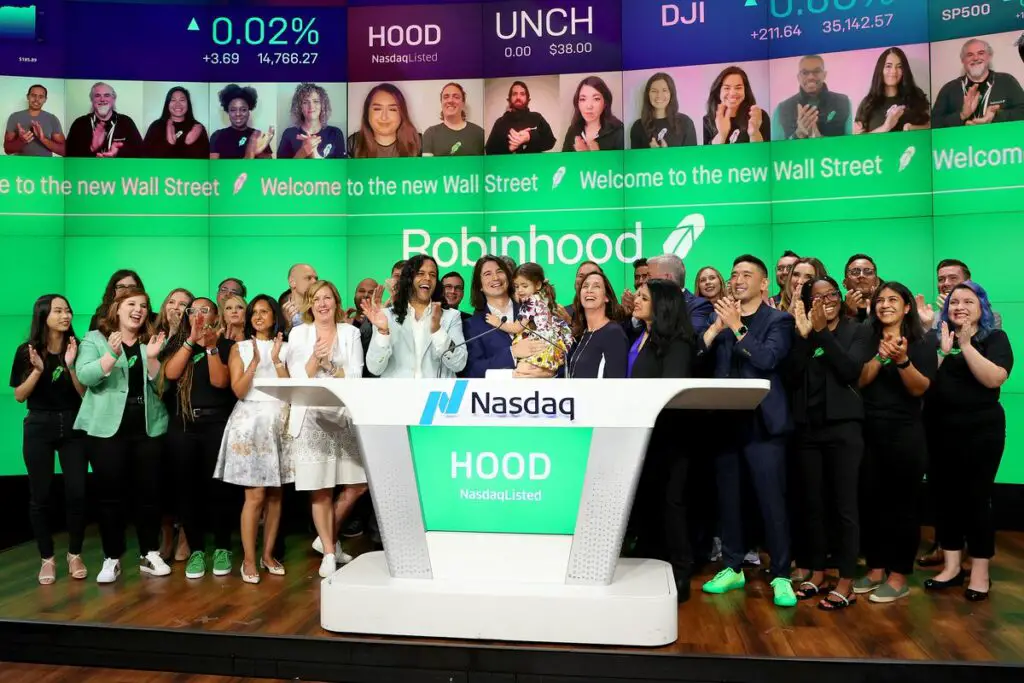
The online brokerage firm Robinhood, which was made famous during the meme stock mania of 2021, went public in July 2021 at a valuation of $32 billion after pricing its IPO at $38 per share, raising around $2 billion in cash in the process.
Robinhood shares cratered around 10 percent within minutes of their debut on the Nasdaq exchange, relegating the stock to the category of the worst IPOs in history.
6. TheGlobe.com

The social networking platform TheGlobe.com went public in November 1998 after pricing its IPO at $9 per share. By the end of its first day of trading, the stock was hovering at $63.50, corresponding to gains of 600 percent relative to the offer price.
However, the euphoria around the stock could not last long, with TheGlobe.com delisting in 2001. The riches-to-rags story relegates the company’s IPO among the worst in history.
7. Pets.com
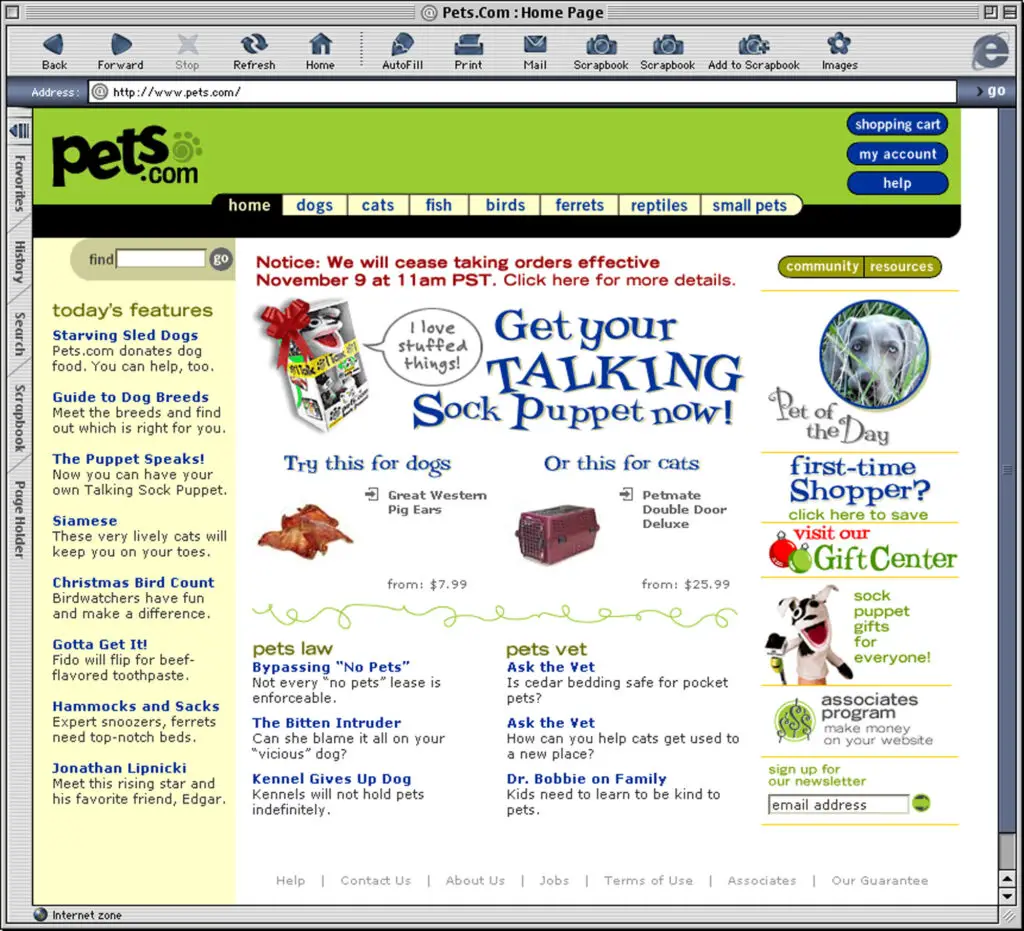
The pet-focused supplies company Pets.com IPO’ed in February 2000 at $11 per share, managing to raise $82.5 million. Despite its nose-bleed IPO valuation, the stock actually soared on its first trading day, managing to close at around $14.
However, by October of that year, the company’s share price had declined to just $1 amid mounting losses and accelerating cash burn. On the 07th of November, Pets.com officially shut down, winning for itself a prominent place among the worst IPOs in history.
8. Omeros
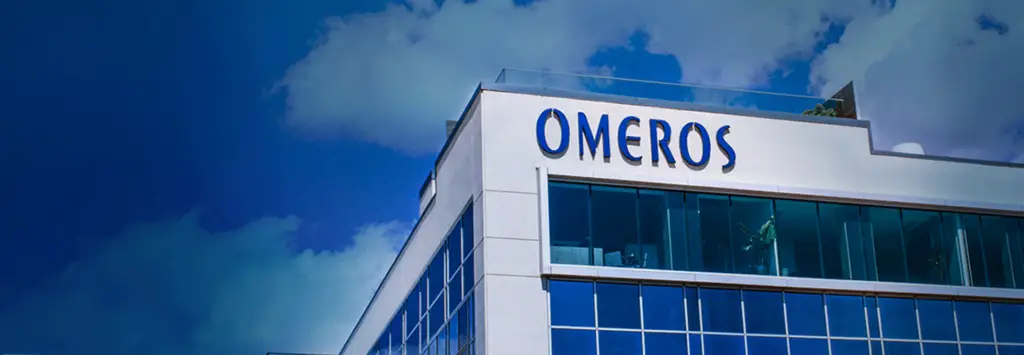
The biotech company Omeros IPO’ed at $10 per share in October 2009, below its initial range of between $10 and $12. The company was able to raise $62.1 million in net cash from its public flotation. By the end of its first trading day, the stock was trading at $8.73 per share, corresponding to a loss of 18.7 percent. In the following two weeks, the stock declined by 36 percent in the first two weeks of trading.
Despite being a public company for around 15 years now, the stock is currently trading at $3.82 per share. This lack of price appreciation relegates Omeros to one of the worst IPOs in history.
9. Etsy
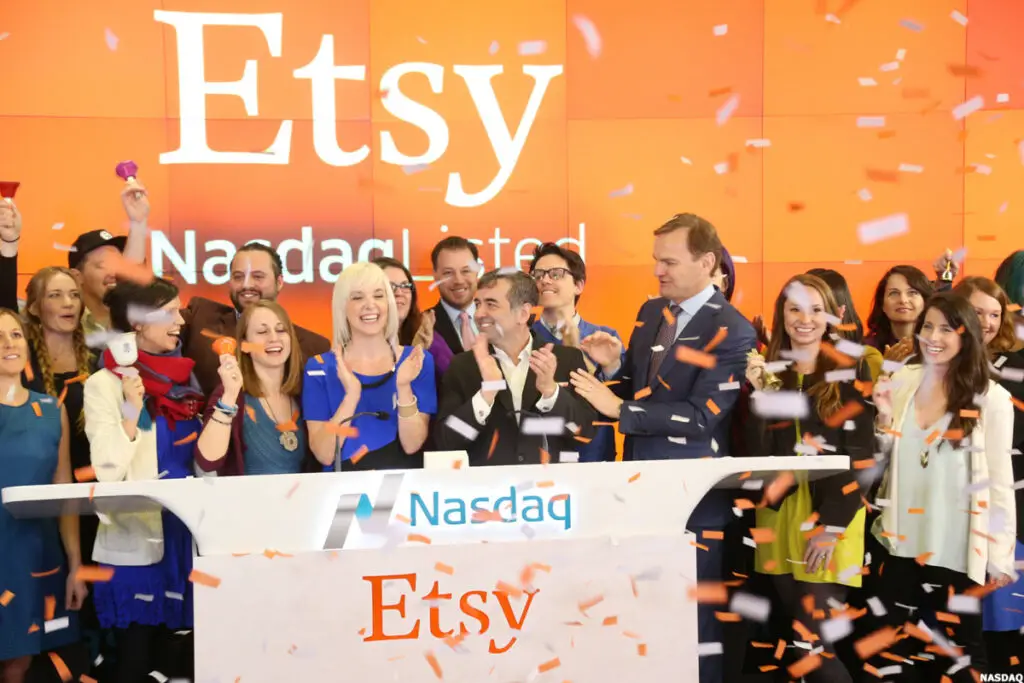
The arts and craft marketplace Etsy went public in April 2015 at $16 per share, raising $287 million at a valuation of over $3.5 billion. Amid rip-roaring demand, the stock jumped to $32 per share when trading commenced.
By September, however, Etsy’s share price had fallen below its IPO price, eventually bottoming out at the $7 price handle in February 2016.
10. Root
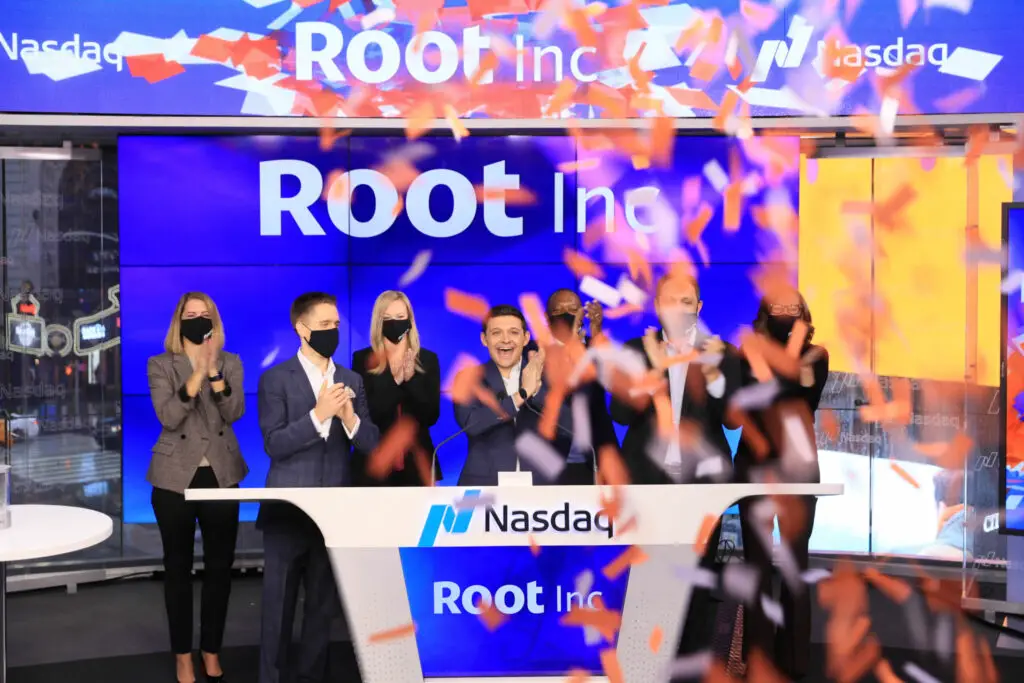
The auto insurance startup Root IPO’ed in October 2020 at $27 per share, raising $724 million at a valuation of $6.7 billion and constituting the largest IPO in Ohio’s history.
The stock ended its first trading day at $23 per share, falling within the company’s initial offer price range of between $22 and $25. Since then, however, the stock has declined by a whopping 98 percent, making it one of the worst IPOs in history.

